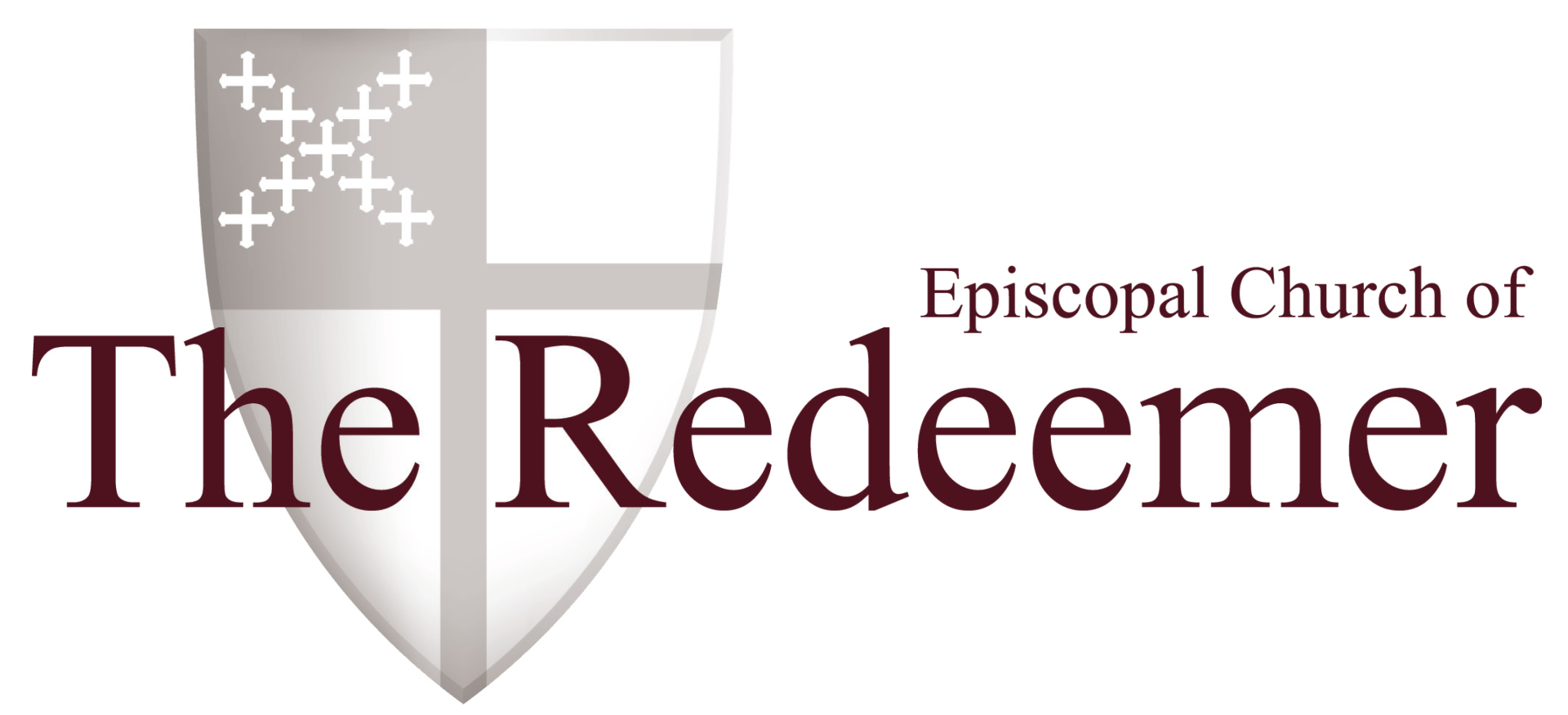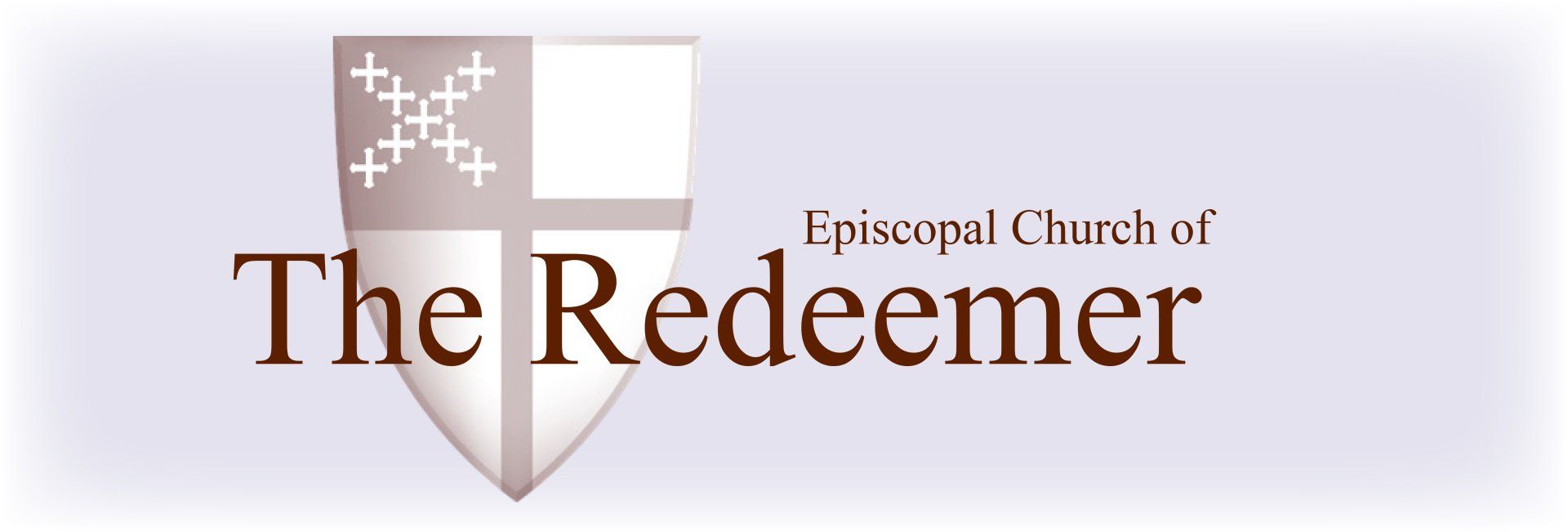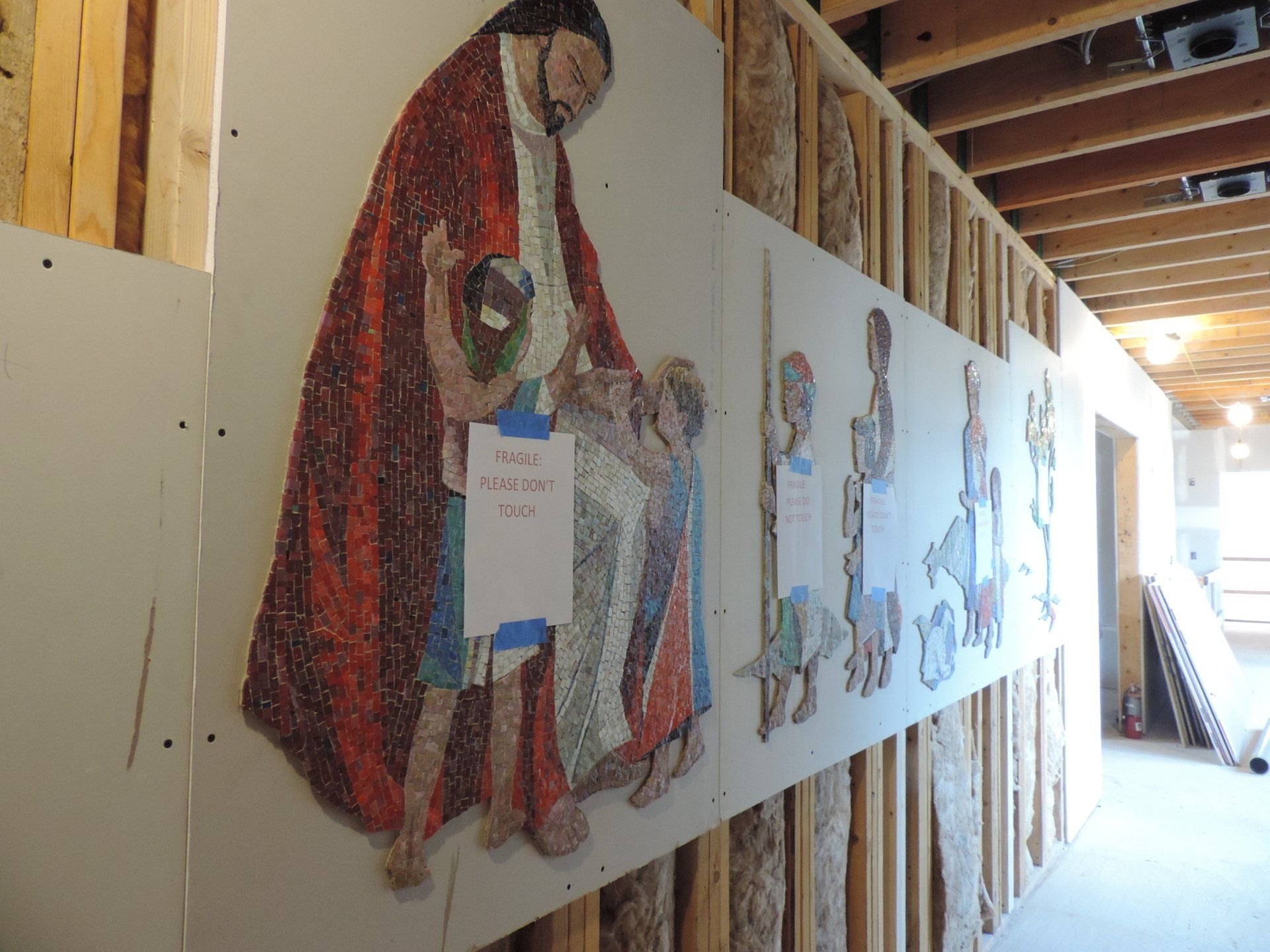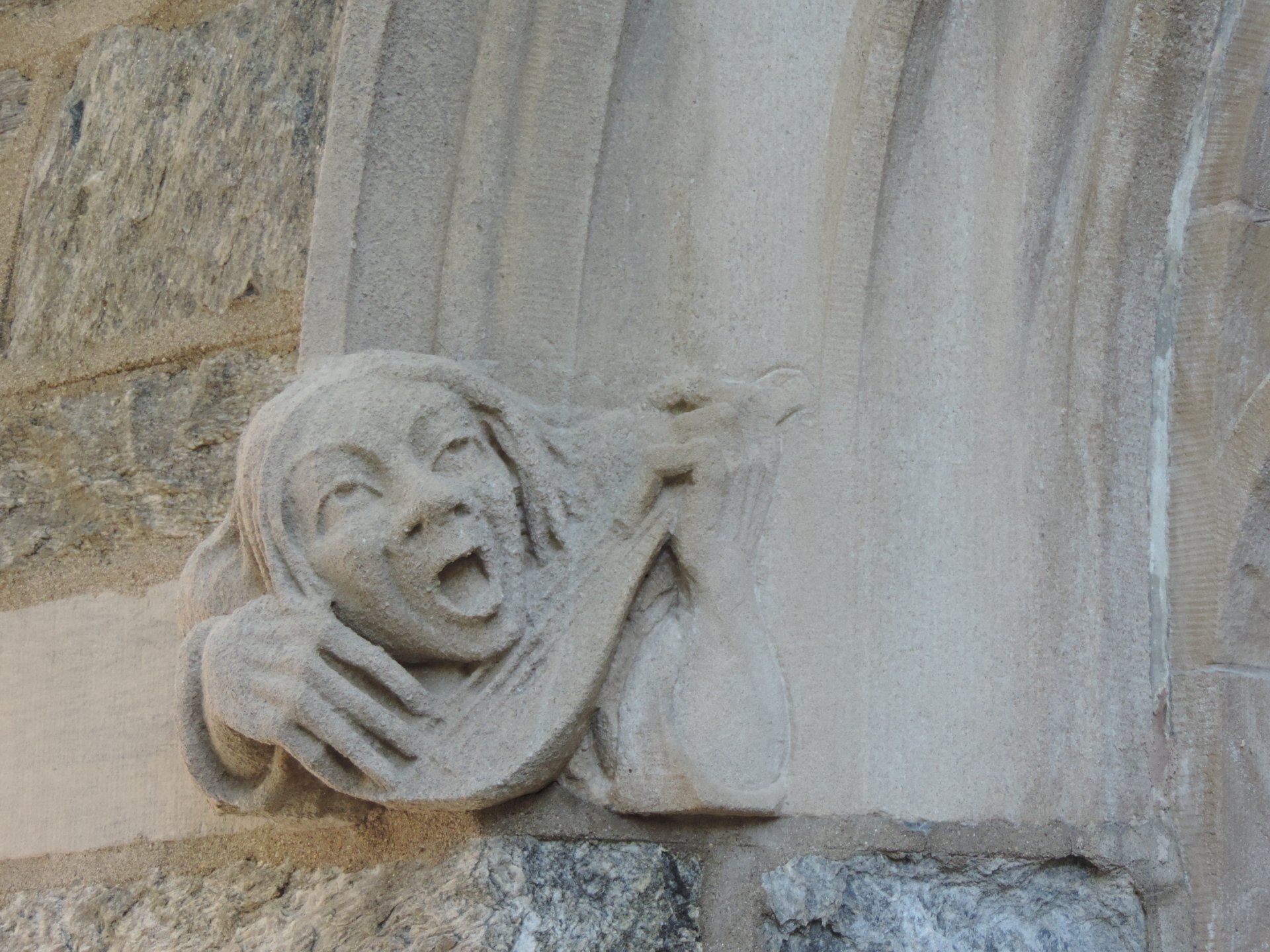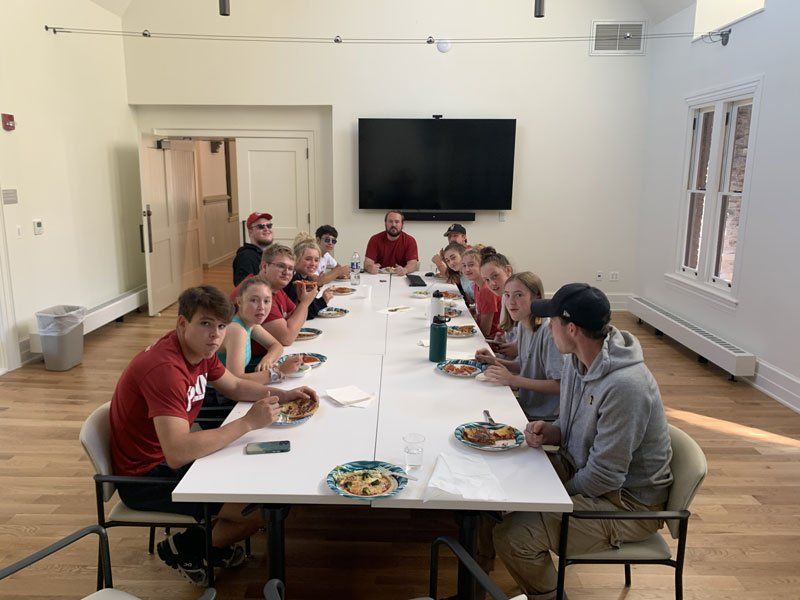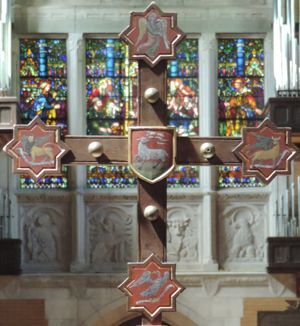What We Believe
Our Mission
The mission of the Church of the Redeemer is to celebrate the love of God in Jesus Christ. As an open and welcoming Episcopal community, we worship, learn and grow together, supporting each other and our world through the generous and creative use of God’s gifts.
About
The Redeemer
Church of the Redeemer is a large, vibrant, community-based parish. It has an extensive music program and dynamic educational opportunities for children and adults. The parish is comprised of persons of all ages who are committed to the centrality of worship, the nurturing of prayerful living, and the call of God that sends us out to the world to proclaim the good news of Jesus Christ. As part of the Episcopal Church and the worldwide Anglican Communion, Redeemer embraces the distinct Anglican vision of the “via media” (middle way): seeking common ground among a wide range of perspectives.
What We Believe
The mystery of the Christian liturgy well celebrated remains: God is faithful and waits.
So the liturgy in its whole range—from daily prayer, to initiation rites, to Eucharist, to burying the dead—waits patiently for our humanity to be opened to it. The liturgy waits patiently, like the Scriptures, like Jesus, like the whole life of God who, as Tolstoy once observed, “Sees the truth but waits.” (1)
Heaven is revealed upon the earth both in the cup of cold water which is given to the poor... and in Michelangelo’s David: in both the dance of a child and the melody of Mozart. (2)
Alertness is all. (3)
Belief is appropriately a moving target, which shifts and adjusts with time, circumstances, and the continuing new revelation of the Spirit of God. It’s also so varied and complex—even within a single parish—that any attempt at a summary would be immediately misleading. Belief isn’t a set of ideas or propositions. It’s rather an approach to life and a dynamic engagement with the mystery of God.
The Episcopal Church is not principally identified by its adoption of a creed or an approved statement of doctrine; we are primarily a community formed by the practice of worship. Praying shapes our believing, and, thus, there are no insiders and outsiders but, instead, we are people who gather prayerfully to seek, across all divisions, peace and unity with God and one another and the joy that comes from sharing love directly and personally. Our churchyard, our church building, our facilities, our programs, our ministries, and our worship are open to all, because openness without limitation is the keenest form of spiritual alertness.
Being alert in this way opens to us the reality of God’s heaven in our midst and in our world. Heaven is not merely a distant reward. This is a terrible caricature. Glimpses of heaven are, rather, present to us in the beauty of creation and in our sharing the image of God in our own creativity. They’re also made manifest in many acts of redemption: by our reaching out in care, by our offering forgiveness and reconciliation, and by our making our first delight service to others.
True belief unfolds slowly, across the spans of lifetimes. Our first trust, however, is in the unswerving faithfulness of God, which then makes us free to be always grateful and hopeful, unfettered by anger, bitterness, or judgment and able to live progressively into the realization that all life is the gift of grace. And in this we are able, without exception, to rejoice.
1) Donald Saliers: Worship as Theology
2) Gerardus van der Leeuw: Sacred and Profane Beauty
3) Michael Fishbane: Spiritual Attunement
What Makes Us Episcopalians
Our roots are in 18 centuries of Christianity in England. The Anglican Church officially began in 16th century England at the time of the Reformation. We are part of the Anglican Communion--a branch of the one, holy, catholic (world-wide) and apostolic (in the tradition of the Apostles) church.
In the United States we are called The Episcopal (Greek episcope-- having Bishops) Church. As individuals, we are called Episcopalians. Four strands of authority guide the search for truth.
- Scripture: The Bible, living and dynamic, is the basis for liturgy and worship.
- Tradition: We look to tradition to guide us in knowing the truth.
- Reason: We are a people who ask questions and employ logic.
- Experience: We test our faith in the world.
The Book of Common Prayer is one of the resources which guides liturgy during the church seasons of Advent, Christmas, Epiphany, Lent, Easter, and Pentecost.
Click here for a slide show on the polity of the Episcopal Church.
Introduction
The Arc of Formation
Anybody who has been keeping abreast of public education in the last few years has heard about benchmarks and Common Core standards. States have been adopting various approaches to try and measure the extent to which our children are comprehending and understanding broadly identified academic standards. Likewise, the pediatricians across this country offer parents countless pamphlets and brochures to help them track their child’s physical, intellectual and social development.
We have nothing comparable to these benchmarks in the Church. Yes, we offer a Confirmation Program that seeks to ensure that young people have a broad exposure and understanding of the Bible, Church History, Episcopal Church polity, Spirituality, Liturgy and some discernment of their gifts in regard to the life of the Church. However, up until Confirmation, most of us do not know what developmentally appropriate Christian Formation might look like, nor have we given it much thought. We send our children and youth off to church school and youth programs, but we may not know what they are gaining from these programs while they participate in them.
While the clergy at Church of the Redeemer believe that your familiarity with your children’s church programs should be as clear as your familiarity with their school curricula and lacrosse programs. You should know what your children will be learning at each age level. You should be able to track your children’s spiritual growth.
While we do not believe that our children should be tested and graded on their mastery of church school materials, we do believe it is vital to inform you of the richness of our programs and provide families a rationale and trajectory for our year to-year Christian formation offerings. Spanning from age 3 through 12th grade, the Arc of Formation was created to serve as a resource and reference point for families. Unlike academic benchmarks or growth percentiles, the Arc take into consideration that faith is never a simple linear trajectory. Throughout the life of every believer there are peaks and valleys.
To fully understand the Arc, we must be mindful to its intent. Rather than a simple check-list to be completed, the Arc is more accurately a series of touchstones or path-markers. If our goal as parents, leaders and teachers is to provide our children the structure and love needed for their faith to flourish, the Arc helps to direct us according to where are children are in their own faith journey. There will be times when it seems as if they are taking a detour or step back. Likewise there will be moments when they are deeply connected with their faith. In either case, the Arc provides structure for parents and leaders to reference as they seek to encourage our children to continue to grow in their faith. Whether it’s turning back to the fundamentals of the Lord’s Prayer and the God’s love for us or leading them deeper into their love for Scripture and liturgy, the Arc offers a helpful and generous way forward in faith.
